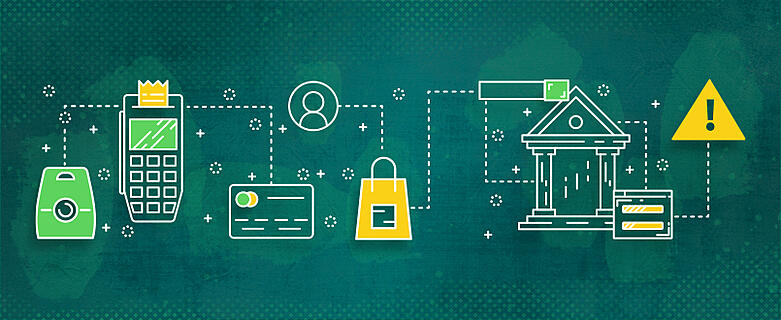News

How to Prevent Visa Chargebacks
Disentangling the roles of various payments can be confusing. Card brands such as Visa play a significant role in how chargebacks are filed, fought, and forestalled. In order to reduce their susceptibility to chargebacks, merchants would be well served to know how to prevent chargebacks when giving particular consideration to specific card brands. General chargeback prevention best practices are important for every card brand. Additionally, Visa provides a number of tools and services to help merchants prevent chargebacks on Visa transactions.
What Is the Visa Chargeback Process?
Visa has a standard chargeback process that is followed for most payment disputes. This involves the following steps:
- Initial Payment
- Chargeback Request
- Pre-Arbitration
- Arbitration
- Resolution
Of course, payment disputes can end in numerous ways throughout this entire chargeback process. And the specifics of the transaction and dispute could lead to innumerable exceptions to and variations on the standard chargeback process. But, in the broadest terms, this is the basic architecture of a Visa chargeback.
What Tools Are Available for Visa Chargebacks?
Through its ownership of Verifi, Visa offers a number of tools to assist in chargeback prevention and resolution. These include:
Rapid Dispute Resolution
Rapid Dispute Resolution (RDR) is a fully automated dispute resolution solution. It works such that, when an issuing bank is set to process a chargeback, RDR prompts the acquiring bank to issue a credit to the customer rather than processing it as a chargeback. It works on the same track as a chargeback—think of it as a shield in between the dispute and chargeback. As an automated system, RDR handles these transactions without the merchant’s direct involvement, protecting the merchant from unnecessary chargebacks that slip through the cracks. RDR also has a variety of customizable parameters and rules, allowing merchants to set the system to work in the way that best matches the chargeback prevention needs of their business.
Verifi CDRN Alerts
Alerts are the lifeblood of chargeback prevention. Verifi’s Cardholder Dispute Resolution Network (CDRN) alerts serve as the chargeback alerts network for Visa transactions. Participating merchants receive an alert through CDRN any time a cardholder requests to file a transaction dispute with their issuing bank. The merchant is then given a brief opportunity to address the alert and try to avert the chargeback, either by issuing a refund or by some other method. Unlike RDR, alerts are not automated and must be handled by the merchant directly.
Order Insight
Verifi Order Insight is another automated system that serves to more easily and quickly facilitate the exchange of necessary transaction information in the event of a cardholder dispute. When the customer elects to call their card issuer, Order Insight provides the issuer’s representatives with the information they need to identify instances of potential fraud, flag suspicious cardholders, or resolve cases of legitimate confusion before the dispute becomes a chargeback.
3-D Secure
3-D Secure is not a chargeback prevention solution in the sense that it functions as a part of the transaction dispute process. But it can still help prevent chargebacks by reducing the likelihood of fraud. 3-D Secure is a cardholder identification protocol that makes it easier to verify that purchases are being made legitimately.
What Other Techniques Can Be Used for Chargeback Prevention?
There is more to preventing Visa chargebacks than simply using Visa’s tools. Other tools such as chargeback analytics dashboards can be useful. But more than that, simple changes to how merchants run their businesses can have valuable results in reducing chargebacks. This includes:
- Emphasizing customer service
- Being magnanimous with refunds
- Monitoring the practices of any affiliate marketers
- Practicing good descriptor hygiene
- And remaining well-informed on trends and news in the payments industry.
Chargebacks come from a wide variety of sources and take a number of different shapes. Any successful chargeback prevention strategy is going to employ numerous tools and techniques.









